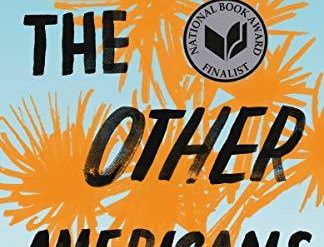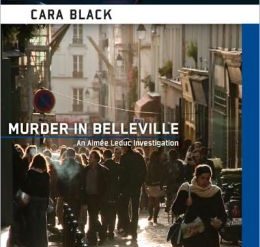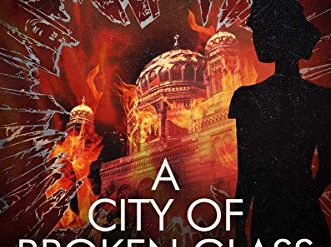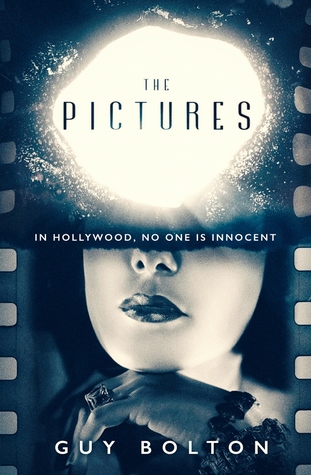
On August 25, 1939, MGM’s make-or-break production of The Wizard of Oz premiered at Grauman’s Theater in Los Angeles. The picture represented the pinnacle of all that Louis B. Mayer aspired to project for the company. It was a wholesome film, a picture for the whole family, a celebration of the cheerfulness and optimism that had been so sorely missing during the decade of the Depression just then drawing to a close. But the innocent facade represented by the film betrayed a broad current of corruption in Hollywood running throughout the motion picture industry. It all comes to light in The Pictures, Guy Bolton’s spellbinding police procedural about an investigation into that corruption that played out in the months leading up to The Wizard’s premiere.
A delight for film buffs
The novel is a delight for anyone who cherishes classic motion pictures. The marquee names of Hollywood’s Golden Era crawl through the pages. Clark Gable. Joan Crawford. Errol Flynn. Groucho Marx. And so many more. But, with a sole exception, the principal characters are all fictional. Louis B. Mayer alone, Hollywood’s biggest macher, is the exception, because the action in The Pictures revolves around MGM. But none of the studio’s big-name stars appear in more than a cameo.
The Pictures by Guy Bolton (2017) 509 pages ★★★★★
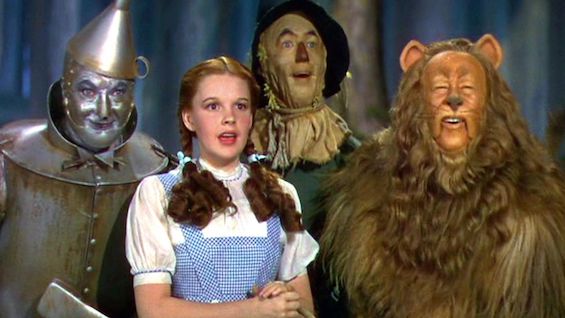
The bodies start dropping
When a young woman’s mutilated body turns up in a tony neighborhood west of Hollywood, the officers on the scene call for a homicide detective. Johnathan Craine arrives half an hour later. Craine has recently rejoined the force after a six-month leave in New York following the death of his wife, the actress Celia Raymond. He’s pleased to work a straightforward homicide case. Before he’d left LA, he’d been the go-to guy for the motion picture industry, which relied on him to bury the truth about the stars’ misdeeds and misadventures. The extra income had supported his lavish lifestyle. But that’s nothing out of the ordinary for Hollywood. The corruption in the industry runs deep.
But Craine is now intent on avoiding the studios at all costs, perhaps out of guilt, perhaps simply because he’s indifferent to life. But ignoring “the industry” proves impossible when another body is found hanging from a ceiling fan, that of one of MGM’s leading producers, Herbert Stanley. And Russell Peterson, the studio’s publicity chief and right-hand man to Louis B. Mayer, pulls the strings at the top to force Craine to take on the case. Then the bodies start dropping in earnest.
The LAPD during Hollywood’s Golden Era
How could MGM expect such service from the LAPD? Easy. “Police work was no longer about protecting county citizens,” Bolton writes. “It was about maintaining trends, reducing crime levels, increasing conviction rates. The bureaucrats had seen to it that crime was not merely recorded, it was budgeted. Failure to convict a suspect would not be tolerated. These were the rules. If you didn’t comply, you were simply transferred to another unit.” And in this environment, Craine is actively encouraged to find fall guys for crimes committed by studio personnel. The only thing that matters are the numbers.
Corruption in Hollywood
In 1939, the film industry is big business. It’s the business that built Los Angeles. At MGM alone, Louis B. Mayer commands an army of “six thousand employees and over one hundred contract players on his books, a third of whom he categorized as ‘stars.’ MGM had come out of the recession as the only studio to make profits year on year.”
No wonder Mayer’s sidekick, Russell Peterson, could make a handful of phone calls and simply fix a problem. With phone calls alone, he could enlist the mayor of Los Angeles and the chief of police to pass the word down the line to order Jonathan Craine onto the investigation into the death of an MGM producer. One of the principal producers of The Wizard of Oz, no less. But what Mayer and Peterson don’t count on, and what the mayor and the police chief can’t seem to control, is that Craine may no longer be willing to play the game.
About the author
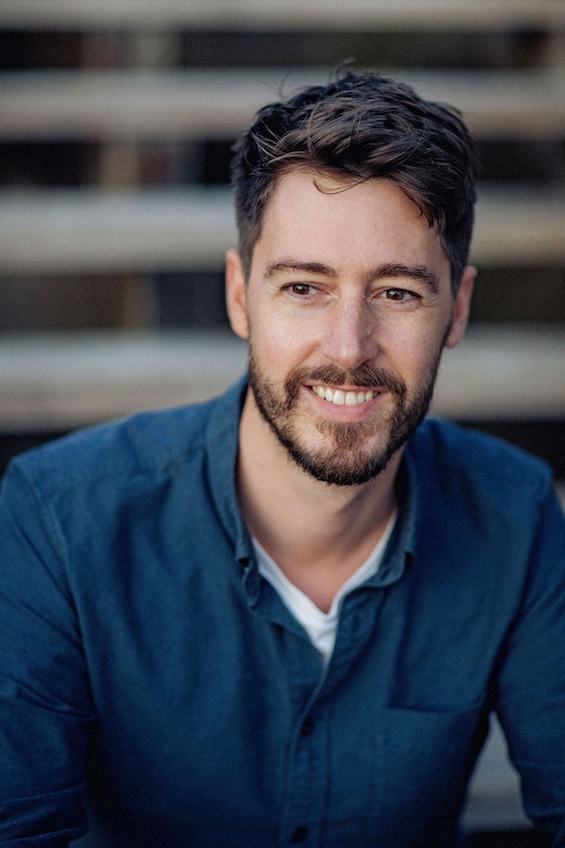
Guy Bolton‘s literary agent notes that he “lives in London. After graduating with a 1st in Film & Literature from Warwick University, he worked in corporate video, music promos and television. He has worked in publishing, film, and television. . . Guy’s first novel, The Pictures, a detective thriller set in 1930s Hollywood, was shortlisted for a CWA Dagger award and was listed as one of the top 10 crime books of 2017 by the Telegraph, The Times and the Mail on Sunday. The sequel, The Syndicate, was released in 2019 to equally positive reviews.” Bolton is, obviously, British. His identity comes through clearly in the Briticisms in the text, such as “different to” instead of “different from” and “kept himself to himself.”
For related reading
This book is one of the Great mysteries about Hollywood.
Check out 5 top Los Angeles mysteries and thrillers and How the Los Angeles aqueduct made the city what it is today.
You might also enjoy my posts:
- 20 excellent standalone mysteries and thrillers
- Top 20 suspenseful detective novels
- Top 10 mystery and thriller series
- 5 top novels about private detectives
- Top 10 historical mysteries and thrillers
- 30 outstanding detective series from around the world
And you can always find my most popular reviews, and the most recent ones, on the Home Page.

